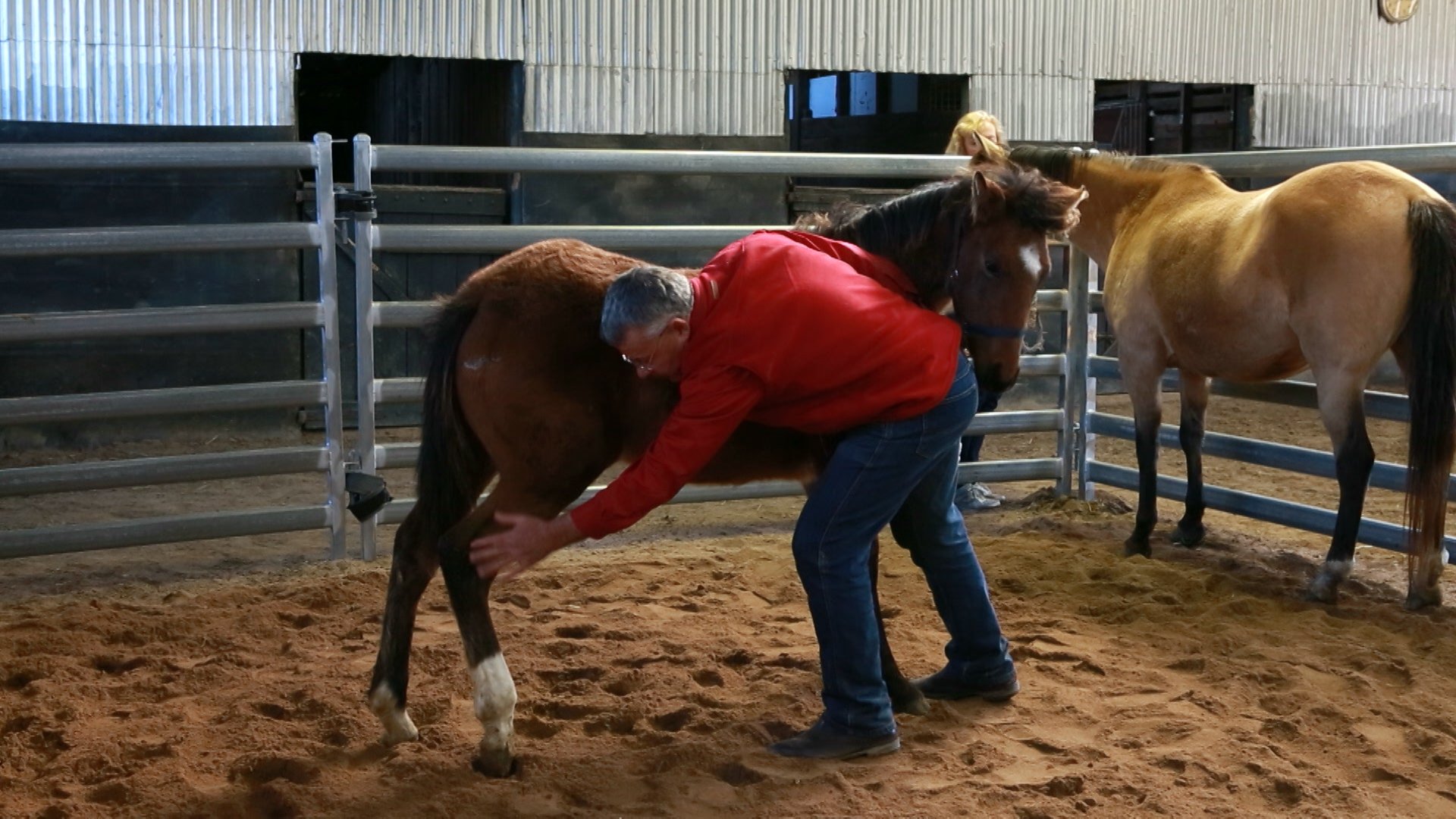Training horses isn’t easy.
When you set out to train a horse, the plain fact is that you’re going to have problems at some point.
Different problems will arise at different stages with different horses.
No two horses have the same experiences and handling.
Every horse will react slightly differently in any given situation.
You must remember that your horse hasn’t read any books or watched any videos.
He doesn’t know how he’s supposed to react.
With every horse that you handle, there’ll be a new set of problems to overcome.
Things may be going along fine for you and your horse then something unexpected will crop up.
There’ll always come a time when you have to work things out for yourself.
When things aren’t going to plan, there’s no book, video or ‘method’ that can possibly cover every situation you may encounter.
When things go wrong, the only thing you have to fall back on is your understanding of how horses think and learn.
If your underlying thinking is flawed, you may use unnecessary pressure and force when you have a problem.
There’s no point expecting your horse to ‘work things out for himself’.
You’re supposed to be much smarter than any horse and it’s up to you to teach your horse every step of the way.
I know it’s not your fault if a horse has learned bad habits before he came to you.
However, it’s not the horse’s fault either.
A horse’s behaviour is never wrong.
He simply does what he’s been taught.
The only way you can overcome problems and improve the situation is to blame yourself every time you work with your horse.
When you have a problem, always ask yourself, ‘What have I done to cause this horse to react in this manner?
What can I do differently, so it doesn’t happen again?’
Developing this attitude is very important and it’s fully explained in my book.
Here are some examples:
A horse may pull back when he’s tied up.
You must remember that this is not the horse’s fault.
The trainer has tied the horse before the horse was ready.
It’s always the trainer’s responsibility to teach every horse correctly before he’s tied up.
A young horse may buck when he’s first saddled. Again, this is the trainer’s fault.
The trainer has expected too much from the horse and saddled him before he was ready.
Every horse’s experiences and training are different.
One horse may be ready to accept you picking up his leg but another may not be ready.
One horse may be ready to be tied up and another may not.
One horse may be ready to be saddled and another may not.
A horse may kick at you when you try to pick up his leg.
The only reason that a horse kicks is because you’ve moved too far, too quickly.
The horse wasn’t ready to have his leg picked up. You must go back a step and teach the horse to accept your hand on his leg.
You must work in small increments without creating a fight.
It may take two lessons before you can pick up a horse’s leg or it may take ten. It doesn’t matter either way.
It’s always up to the trainer to ‘read’ every horse and to adjust each lesson to suit.
Don’t expect every horse to learn at the same rate. And don’t expect any horse to conform to a strict timetable.

